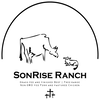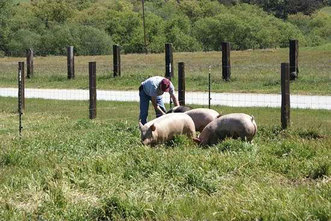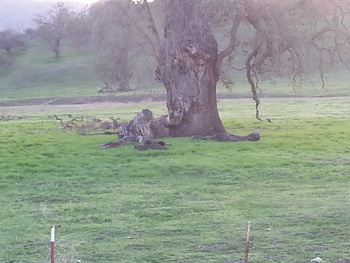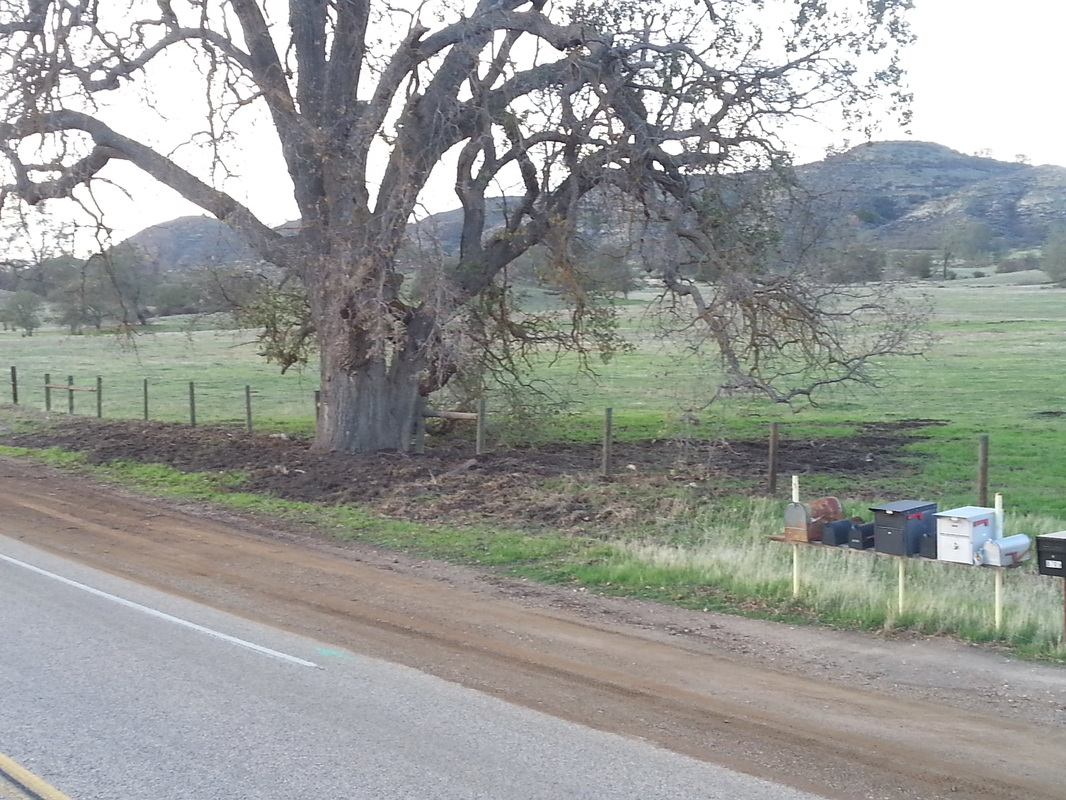If you look at a Hogs trotters (their feet) they look like a lady standing in high heels - don't be dismayed, they can stand for long period of time, but are designed (yes, I wrote that) to stand on soft ground, not concrete - something we made.
So, when they are kept on concrete all their lives, they don't adapt, they suffer. And, when and animal suffers from chronic pain, they are sick... now, let's see, what does conventional, mega-factory, industrial farming do about that... yep, you guessed it - medicine. And it goes straight into your mouth.
At SonRise, our hogs live outside, on dirt, where they should. They are free to roam, and the taste comes through in the product.
It's the whole program that counts. Non-GMO feeds are those that are not sprayed with Roundup. The advantage of a GMO crop that it is genetically engineered to withstand being sprayed with Roundup (the key ingredient being glyphosate - or, Agent Orange in the 1970s). The reason farmers plant GMOs is that they can then spray the field and kill everything but the crop - thus eliminating the need for weeding.
So, then, when the GMO crop is actually harvested, it has had a significant dose of Roundup (agent orange, glyphosate) poured on it during its growth cycle.
If the hog eats this crop (soybeans, wheat, corn, etc) this high concentration of glyposate goes directly into the hogs fat cells, and thus into you when you consume the animal. In short, you are what your animals eat!
So, our caution with feed is really for you, not so much the hog. We just don't want you (and my family too) to eat agent orange raised meat every day.
This costs us a ton of money - conventional, GMO hog feed is 17 cents per pound, non-GMO hog feed costs us nearly 50 cents per pound - almost 70% more feed cost. That is a huge expense at our Ranch, but well worth it.




 RSS Feed
RSS Feed